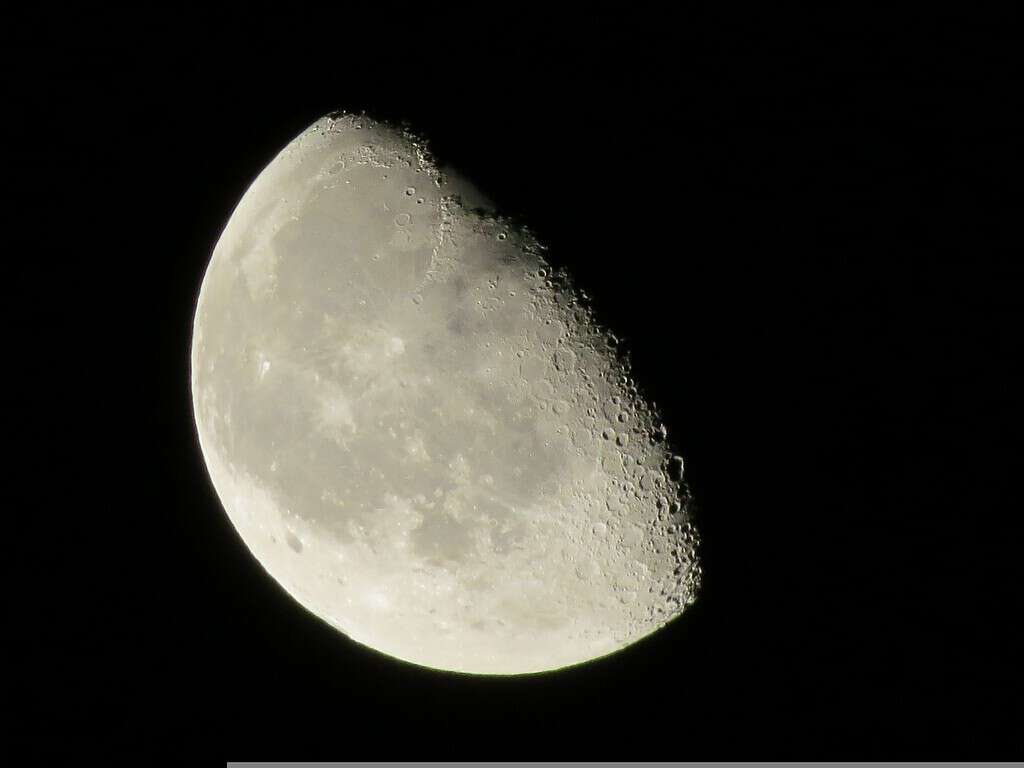
The United States has asked NASA to establish a universal standard of time for the moon and potentially other celestial bodies. This initiative, spearheaded by the White House and to be implemented by NASA, aims to create a “Coordinated Lunar Time” (LTC) by the end of 2026.
A White House Office of Science and Technology Policy (OSTP) memo stated specifically that “U.S. leadership in defining a suitable standard — one that achieves the accuracy and resilience required for operating in the challenging lunar environment — will benefit all spacefaring nations.”
The push to define a standard time system for the Moon tries to address some of the coordination complexities between Earth and lunar activities. This comes at a time when Moon exploration, both by countries and private industries, is heating up.
Time on the Moon moves faster
Time on the Moon, influenced by its weaker gravitational field, moves slightly faster than Earth’s — by about 58.7 microseconds each day. This slight yet crucial discrepancy could present substantial challenges for long-duration space missions, impacting vital elements like navigation, communication, and scientific research.
“The same clock that we have on Earth would move at a different rate on the Moon,” Kevin Coggins, NASA’s space communications and navigation chief, told Reuters. “Think of the atomic clocks at the U.S. Naval Observatory. They’re the heartbeat of the nation, synchronizing everything. You’re going to want a heartbeat on the moon.”
As space entities aim for the Moon, coordinating operations becomes increasingly complex. Without a common time standard, managing communications, navigation, and data transfer between Earth and lunar missions could lead to errors, potentially jeopardizing mission successes.
The efforts to standardize lunar time highlights the necessity for a coordinating body to supervise its implementation and maintenance, akin to how the United Nations’ International Telecommunication Union establishes Coordinated Universal Time as a global standard. This process will likely involve discussions and agreements through existing standards organizations and among nations participating in lunar exploration efforts.
The OSTP says with plans for human missions to the Moon, such as NASA’s Artemis 3, and aspirations for lunar bases and commercial exploitation, a unified time standard is optimal for precise operations, safety, and efficient coordination of international and commercial space activities.
China announced last year that it intends to land its first astronauts on the moon by 2030. In January, Japan became the fifth country to land a spacecraft on the Moon. Last year, India became the first country to land a spacecraft near the unexplored lunar south pole and has stated aspirations to send a person to the moon by 2040.
Moreover, establishing LTC paves the way for addressing timekeeping challenges in missions to other planets, where different gravitational effects will further complicate synchronization with Earth.
Challenges Ahead
The proposal for LTC has sparked debates on governance and the role of international bodies in standardizing and overseeing lunar time. Questions arise over which organization should take the lead. Should it be an existing entity like the U.N’s or United States’ International Bureau of Weights and Measures or a new, space-focused organization? The involvement of various entities adds complexity to these discussions, as each participant may have different priorities and visions for lunar governance.
The Artemis Accords, a framework for international collaboration in exploring celestial bodies for peaceful purposes, are integral to shaping LTC governance and implementation. Not all spacefaring nations have signed the accords, leading to concerns about how LTC will be implemented and governed among non-signatory states. Russia and China, for example, have yet to sign the Artemis Accords, raising questions about how a unified lunar time system could affect collaboration or competition in space.
Beyond the technical and governance issues, there’s a broader controversy over the future direction of space exploration. Some critics argue that focusing on issues like LTC may divert attention and resources from other pressing challenges, such as space debris management and the protection of lunar heritage sites. Others see the development of LTC as a necessary step in ensuring the safety and success of future lunar missions, advocating for a proactive approach to addressing these emerging challenges.


